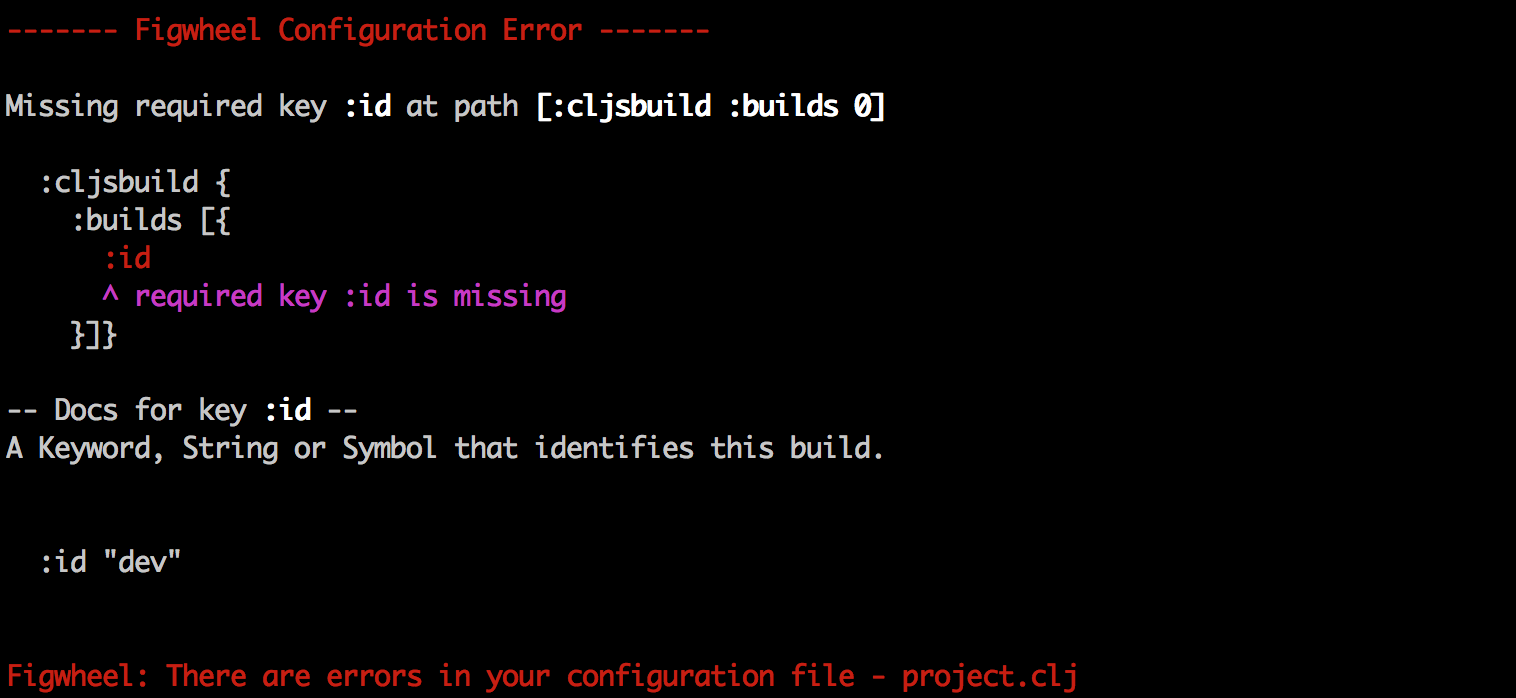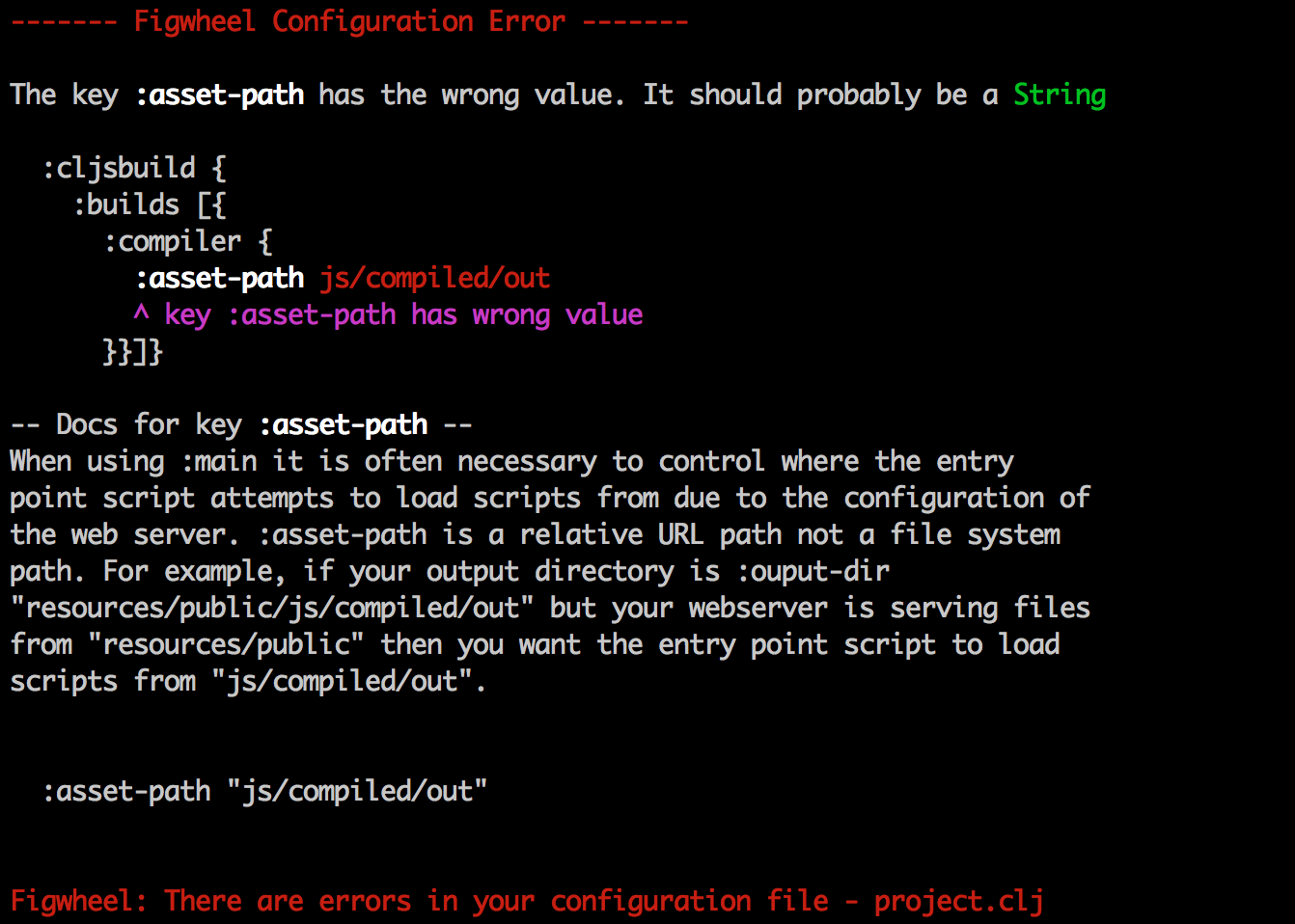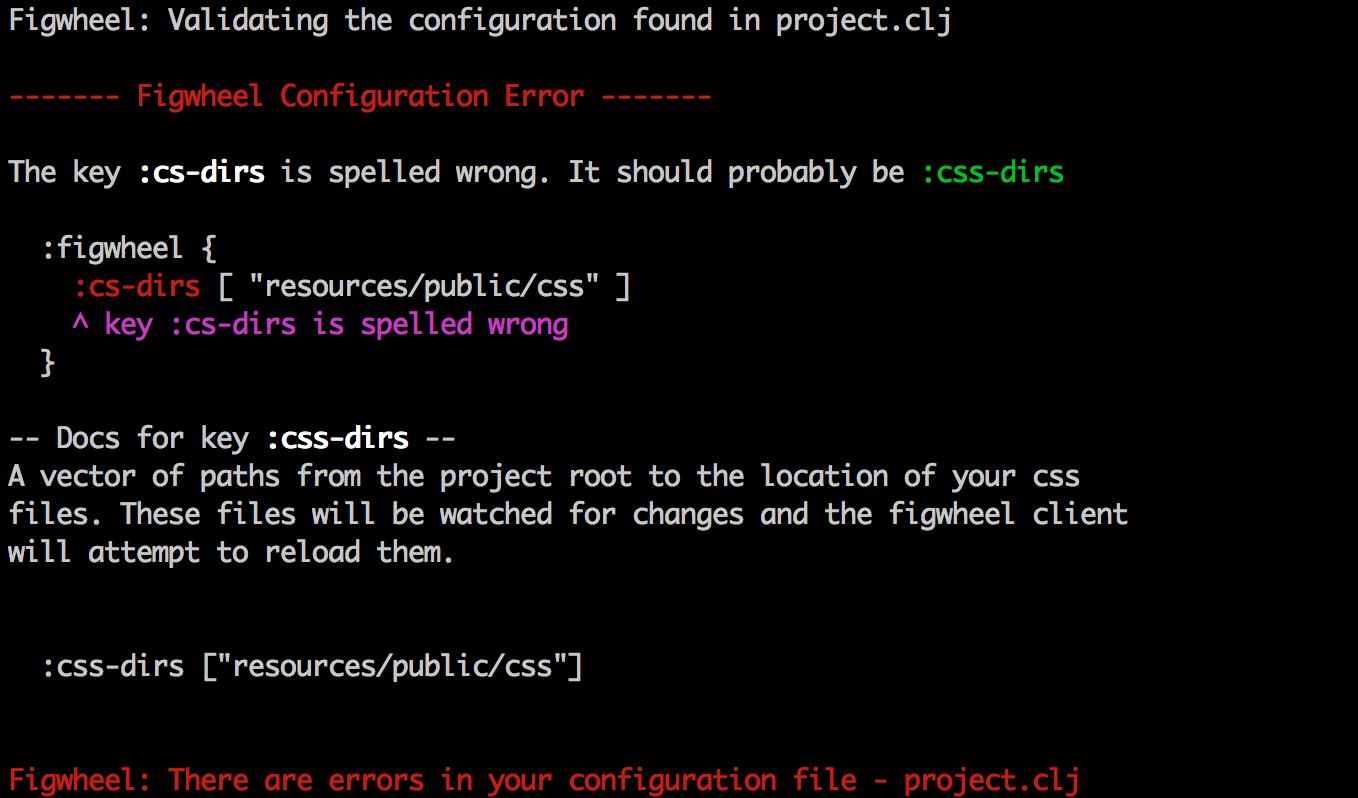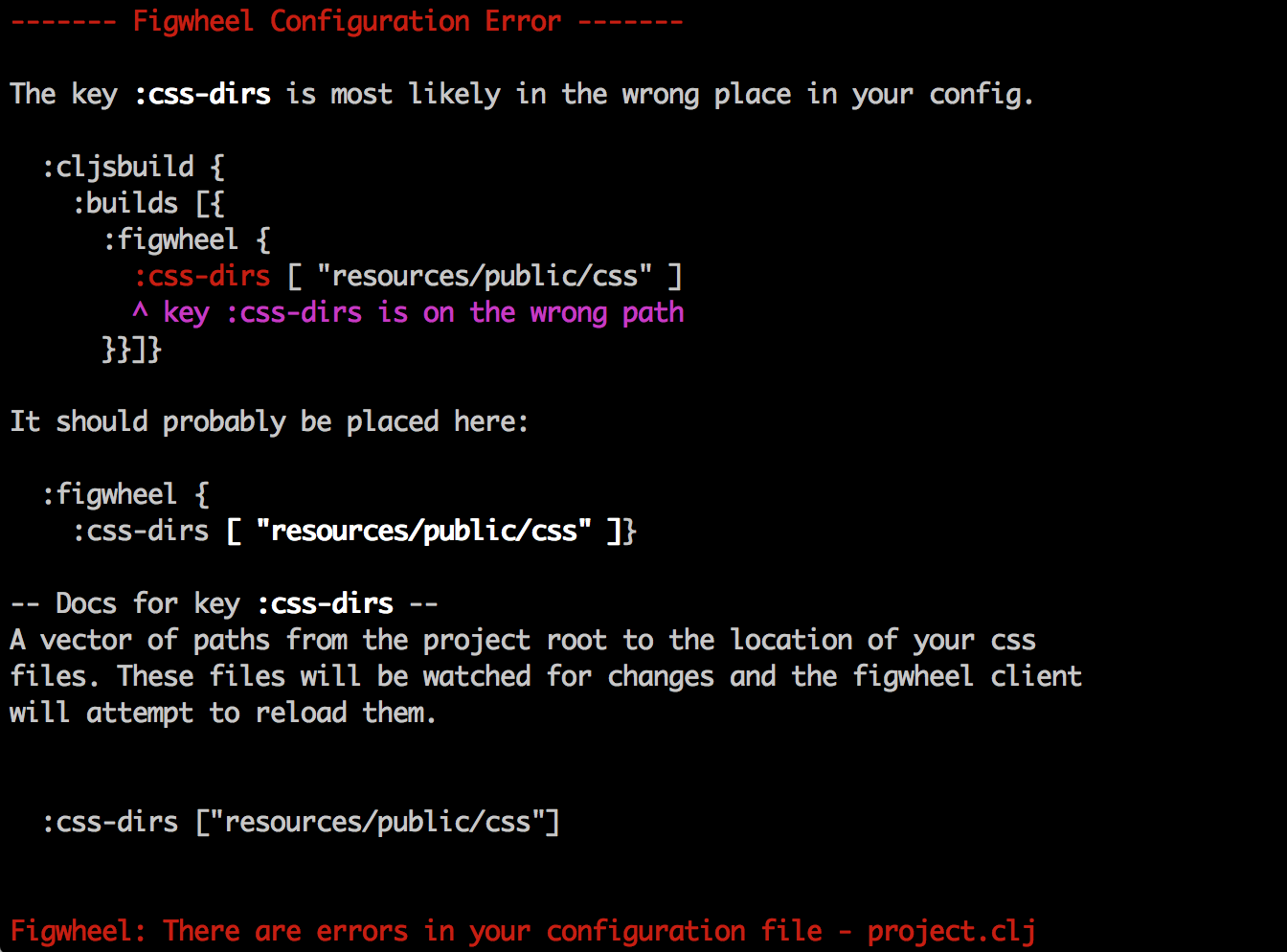Configuration: where your dreams go to die.
As programmers we are currently called on to leverage a growing number of tools and services that require … ugh … configuration. The process of configuration has come to be associated with a long painful slog of trial and error. This process of continually re-deploying, restarting or re-running a service or tool to verify the correctness of a mystical combination of keys and values is undeniably awful.
It is a burden because we are using a large number of tools, where each tool’s configuration has its very own set of files, keys, and values. Each tool is essentially defining its own domain specific language to help us meet our needs. Unfortunately, this requires us to master enough of every tool’s particular configuration vocabulary to meet those needs.
In addition to the combinatorial complexity of each tool having its own configuration “language”, these configuration dialects are often half baked, irregular, and provide absolutely crappy feedback when they are misconfigured.
Crappy feedback example
I’m going to use NPM here, but I could have chosen almost any development tool that has a configuration file or api.
Let’s create a package.json file for a project:
{
"name": "trytry",
"version": "1.0.0",
"description": "tries npm",
"main": "index.js",
"repository": "http://github.com/bhauman/trytry",
"dependncies": {
"express": "4.2.x"
},
"license": "ISC"
}
Now that we have configured our project we run npm install to install our dependencies:
bash$> npm install
bash$>
And thats it. Nothing is installed, nothing happens and there is no
feedback. It turns out that I misspelled dependencies.
You have to wonder how hard it would be for npm-install to mention
that while you have asked for things to be installed, you have no
dependencies key … or to report that there is an unrecognized
key dependncies in the configuration file.
It would just be crazy over the top for the tool to detect and report that
dependncies is misspelled.
One could argue that this isn’t such a big deal, but …
when you consider the total amount of time we spend configuring tools that give us crappy configuration validation and feedback, it paints a picture of an extremely antagonistic environment.
Again, I’m not picking on NPM, this behavior is ubiquitous.
A cultural blind spot
The above NPM example was extremely easy to find. I just tried the first thing that came to mind knowing full well that it would most likely provide crappy feedback. I would have been very surprised if NPM responded with a decent feedback message.
This is a blind spot. While configuration is painful we accept the situation as normal. We believe that this is just how it is.
It is easy to see how we got here. From the tool author’s point of view, the set of configuration options are not that great and don’t appear complex enough to merit the effort of validation. Especially when that effort doesn’t appear to improve the “bottom line” functionality of the tool.
Unfortunately, a tool users perspective is the opposite. To the user, configuration validation is an integral part of the tool’s UX and functionality. This is because the tool user is on the hook to intimately understand the configuration of a this tool in addition to a growing suite of other tools. For all intents and purposes it is practically impossible for a developer to stay abreast of all configuration options in today’s climate of rapid tool creation and change. Tool authors need to fully recognize this and do something to help.
Help a Programmer Out
I am arguing that as programmers and tool creators we should face the problem of configuration head on, and create excellent configuration feedback mechanisms for two reasons:
-
the shear number of these configuration dialects considered as a whole represent a tremendous and growing burden for the everyday programmer
-
the scope and size of the configuration “language” for these individual tools is often small and thus the problem of creating excellent feedback is very tractable, if only we bring our attention to it
I really think that fixing configuration feedback is an overlooked opportunity to leverage a small amount of tool development time to vastly improve programmer experience and productivity.
A modest investment in configuration error feedback on behalf of tool authors will undoubtedly save countless hours of drudgery for tool users.
This is low hanging fruit, people.
Simple vs. Excellent Configuration Feedback
Simple configuration feedback is analogous to schema validation or type checking in a language. It provides information about unknown and missing configuration keys and verifies the type of a configuration value.
Simple configuration validation is way way better than no configuration validation. If you are a tool author and you are not providing a simple schema based configuration feedback, please, for the love of some supreme being, implement it soon. It costs so little to do so.
However, because many configuration languages have such a small scope I’d suggest that we can do better with even a modest amount of programming.
Excellent configuration feedback
I’m about to give examples of configuration feedback from Figwheel, a tool that I wrote to hot swap ClojureScript code as it’s being worked on.
Disclaimer: Figwheel’s configuration validation until very recently was on par with other tools. It was abysmal.
Recently, I took it upon myself to fix this situation and try to provide exemplary feedback when a configuration error is detected.
So, what does excellent configuration feedback look like?
It’s one thing to let your user know that an important configuration key is missing. It’s even better to show where it is missing from and offer documentation for the missing key.

You can see this behavior again in the following example where the user provided the wrong type for a configuration value:

I think the above examples demonstrate good solid configuration feedback. These error messages are making a direct effort to lighten the load for our beleaguered tool user.
The technical difficulty of implementing the error messages above falls well within what is reasonably plausible for a great number of tools.
However, we are programmers, it’s an interesting challenge to try and take it further.
What about misspellings?

Now we are getting somewhere, the tool is going the extra mile to be helpful to the user, effectively cutting down the cognitive load of configuration, and sparing precious cycles for the next task.
We can take this even farther and detect structural displacement of configuration:

The above is much more challenging to implement but is much more helpful than just stating that an unknown key has been found.
It’s not sexy, but give good configuration feedback a chance
It’s not sexy, and people may not sing your praises for implementing good configuration validation. However, it’s definitely within our grasp to provide the kind of validation and feedback that can lift us out of the configuration quagmire we’re in.